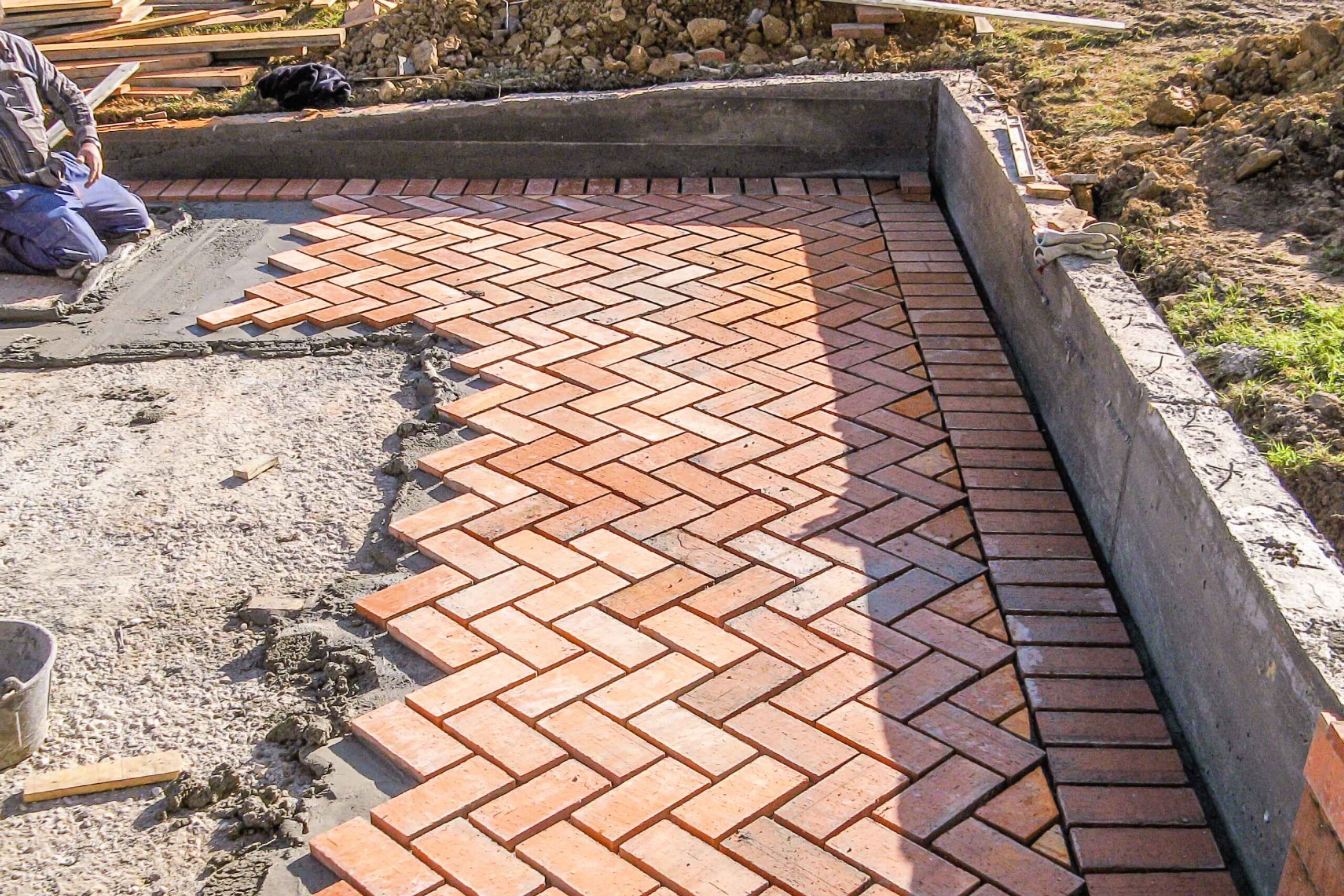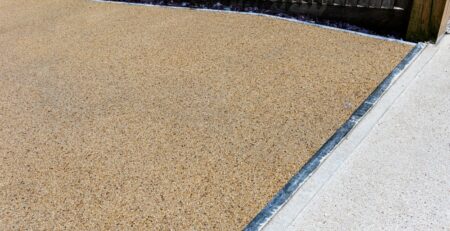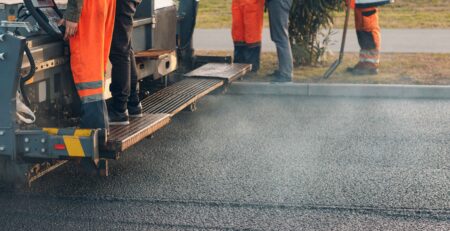Block Paving for Driveways and Patios: Durable, Stylish, and Versatile
When it comes to surfacing your driveway or patio, block paving stands out as one of the most attractive and practical choices for UK homeowners. Combining visual appeal, long-term durability, and low maintenance, block paving enhances any residential property while adding real value.
From classic patterns to contemporary finishes, this versatile solution allows you to customise your outdoor space while ensuring strength and weather resistance. Whether you’re upgrading an existing surface or starting from scratch, this guide explains everything you need to know about block paving.
What Is Block Paving?
Block paving—also known as brick paving—is a method of creating hardstanding surfaces using individual units (blocks) made from concrete, clay, or natural stone. These blocks are laid on a bed of sharp sand over a compacted sub-base and secured in place with kiln-dried jointing sand.
What makes block paving particularly appealing is its modular design, allowing for a wide range of patterns, borders, and colour combinations. This makes it ideal for everything from driveways and patios to garden paths and public walkways.
Why Choose Block Paving?
✅ Timeless Appearance
Block paving offers a neat, sophisticated look that complements both traditional and modern homes. With a wide choice of colours, textures, and laying patterns, it’s easy to create a surface that enhances your property’s character.
✅ Durability and Load-Bearing Strength
Well-laid block paving can withstand heavy use, making it ideal for driveways that regularly support vehicles. The interlocking blocks distribute weight evenly, reducing the risk of cracking or subsidence.
✅ Easy Repairs
One of the major advantages of block paving is its repairability. If a section becomes damaged or stained, you can simply lift and replace the affected blocks—no need to resurface the entire area.
✅ Permeable Options Available
Certain types of block paving (e.g., permeable or open-jointed systems) allow water to drain through, making them SUDS compliant and helping prevent standing water or flooding.
✅ Low Maintenance
Block paving requires very little upkeep. Occasional sweeping and weeding will keep it looking good. You can also power wash the surface and re-sand joints every few years to maintain stability.
The Block Paving Installation Process
A professional block paving installation involves careful planning and precision. Here’s what to expect:
1. Excavation and Groundwork
The site is excavated to a depth suitable for the intended traffic load. Typically, this means digging down to 200–250mm for driveways and 150mm for patios.
2. Sub-Base Installation
A sub-base (usually compacted Type 1 MOT hardcore) is laid to provide structural support. This is compacted using a vibrating plate or roller.
3. Edge Restraints
Kerbs or block edges are laid in concrete to form a boundary, which prevents movement and keeps the design tidy.
4. Laying Course (Sharp Sand)
A layer of sharp sand (typically 30–50mm) is spread and screeded level to form a smooth laying bed.
5. Block Laying
Blocks are laid in the chosen pattern, starting from a straight edge or corner. Popular patterns include:
- Herringbone (45° or 90°)
- Basketweave
- Stretcher bond
- Circular or custom designs
6. Cutting and Detailing
Blocks are cut to fit using a saw or splitter to ensure a tight, accurate finish around edges or features.
7. Jointing and Compaction
Once laid, the surface is covered with kiln-dried sand, swept into the joints, and compacted using a plate vibrator. This locks the blocks in place and creates a stable finish.
Popular Uses for Block Paving
Block paving is a highly flexible surface and is used in a range of domestic and commercial applications:
- Driveways: For long-lasting kerb appeal and excellent durability.
- Patios: Create outdoor seating areas or garden features with intricate patterns.
- Paths and Walkways: Tidy and safe surfaces that link different areas of a property.
- Courtyards and Forecourts: Ideal for both visual impact and functionality.
Customisation Options
With block paving, you’re not limited to just one look. Choose from:
- Material types: Concrete, clay, or natural stone
- Colours: From rustic reds and browns to modern greys and charcoals
- Edging: Define your driveway or patio with contrasting edging blocks or kerbstones
- Pattern designs: Match the paving style to your house architecture or landscaping theme
You can also integrate decorative elements such as circles, motifs, or border designs to make your driveway or patio truly unique.
Comparing Surfaces: Why Block Paving?
Block paving holds its own against other driveway materials like tarmac and resin. While tarmac is quick to install and cost-effective, it lacks the visual charm and flexibility of block paving. Resin, on the other hand, offers permeability and a sleek finish but isn’t as easily repaired. Block paving offers the perfect balance: a classic appearance, excellent durability, and easy maintenance, all while giving you endless design possibilities.
Conclusion
Block paving offers an ideal blend of elegance, strength, and practicality—making it a go-to solution for driveways, patios, and paths throughout the UK. Whether you want to create a traditional look or a sleek, modern surface, block paving gives you the flexibility and durability to get the job done right.
It’s no wonder so many homeowners are turning to block paving to boost property value and enhance outdoor living spaces.




Leave a Reply